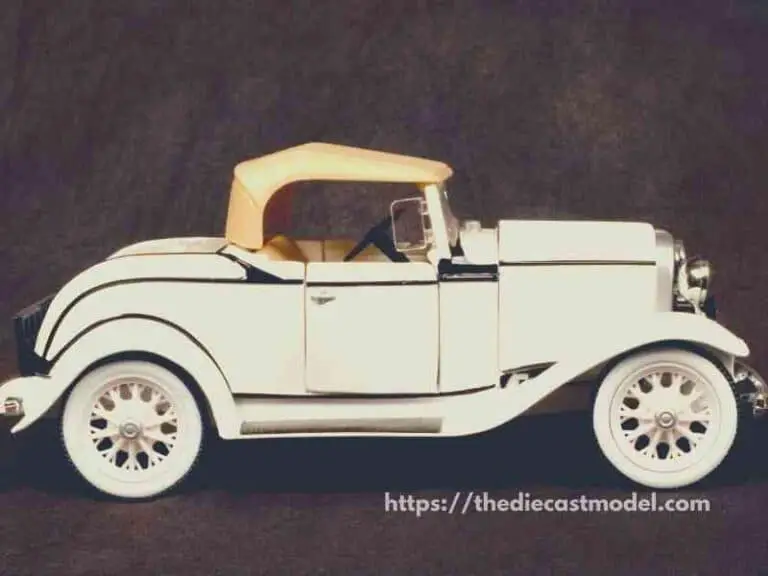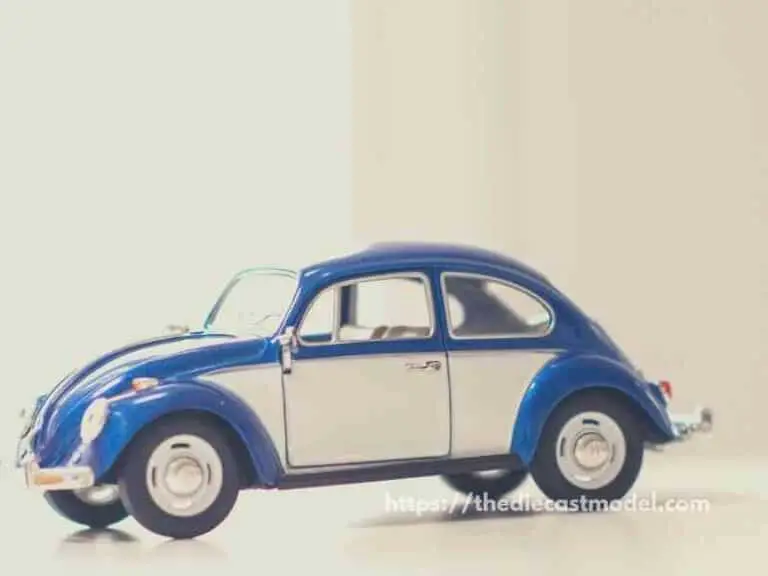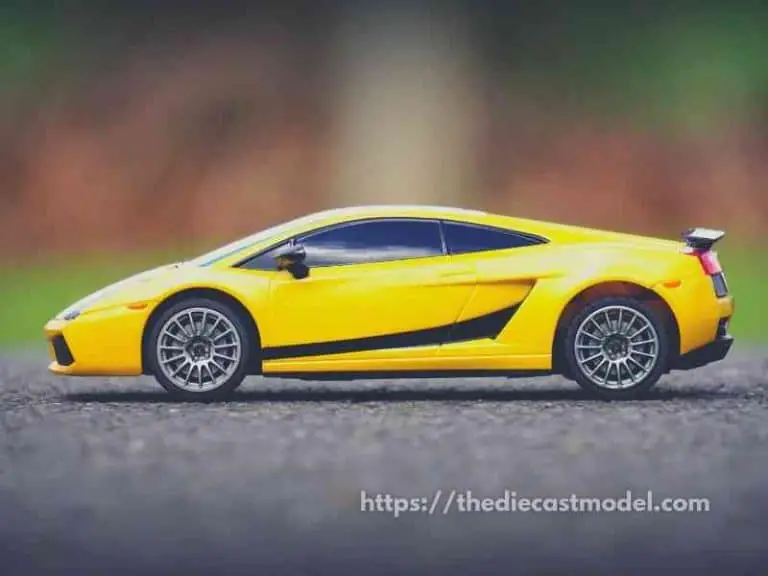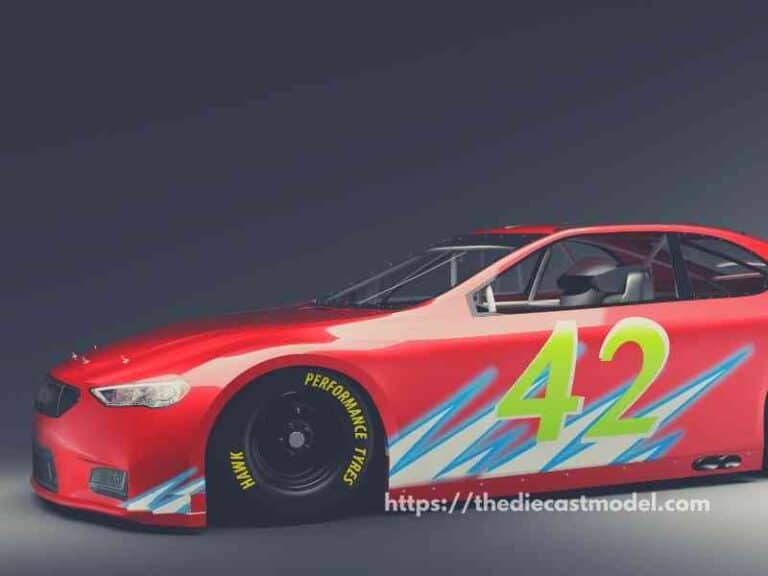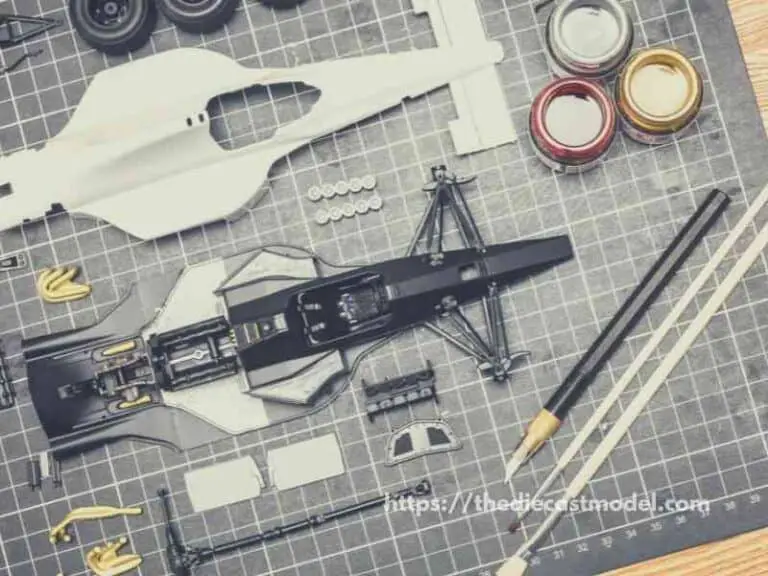Will Old Lionel Trains Work on New Tracks?
Many Lionel tracks are discontinued, such as their popular tubular tracks, which were discontinued in 2015. Another example is the Lionel Super O which was discontinued in 1966. However, there are still old Lionel trains that worked on these tracks that are still running today. So the question is, will old Lionel trains work on newer tracks?
As a general rule, old Lionel trains will work on newer tracks, provided they are of the same gauge. For example, O gauge old Lionel trains can work on O gauge tracks. Furthermore, the rail type is also an issue since almost all Lionel trains work on 3-rail tracks.
This post will discuss how old Lionel trains can work on new tracks. We will also introduce the modern Lionel fast track and its compatibility with other tracks.
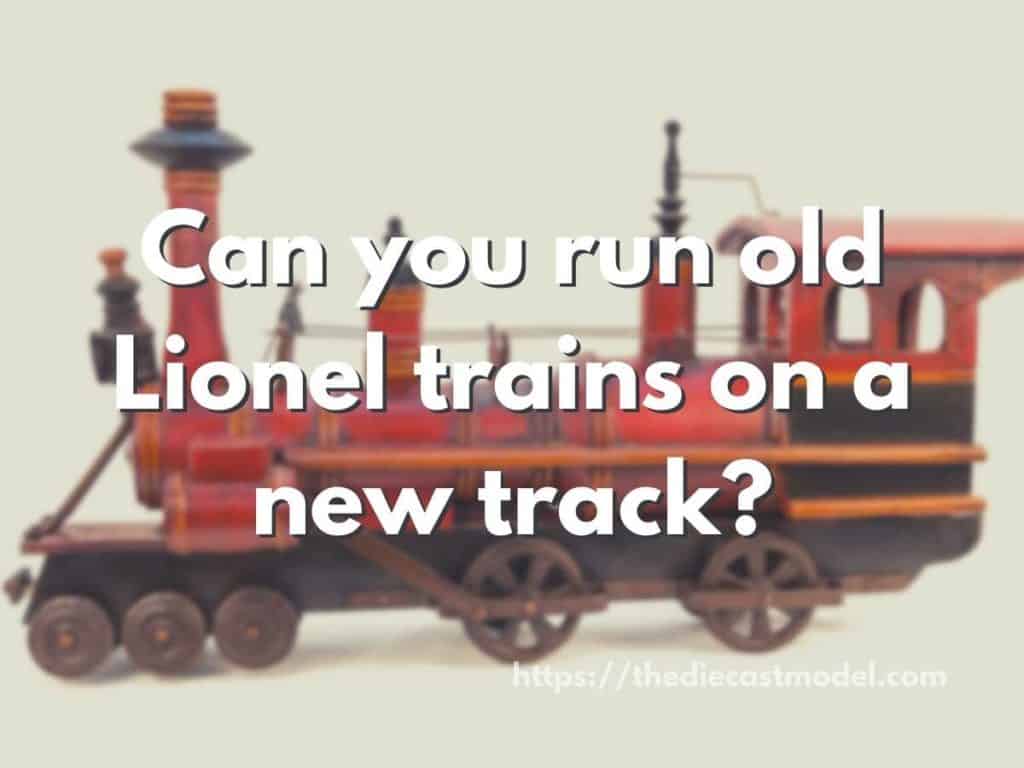
Can you run old Lionel trains on a new track?
Generally speaking, you can run old Lionel trains on a new track provided that they are using O gauge 3-rail tracks. However, there are some newer Lionel trains that use a different gauge that can’t run on their newer fast track.
| Train Type | Reason |
| S gauge Lionel Trains | Uses a 0.85″ or S gauge instead of the O gauge |
| Old Lionel Trains Before the O gauge | Uses a 2.875″ gauge instead of the O gauge |
This question is quite tricky since while it is given that old Lionel trains can work on their newer tracks, some can’t.
For example, most Lionel trains run on the O gauge, which has rails that are 1.25″. However, a few of their trains run on the S gauge, which has 0.88″ wide rails.
Lionel’s S gauge is few. In fact, 95% of their total sales come from O scale model trains.
Thus, 95% of the time, old lionel trains can run on newer tracks. The remaining 5% is an issue since some Lionel trains are in other scales.
However, old S scale Lionel trains are compatible with their O gauge tracks. Thus, we also need to be sure if the model is for the S or O gauge.
But here is the summary.
Old Lionel trains can run on their newer FastTrack provided that they are on the O gauge. Furthermore, you can also combine FastTrack with older tracks such as Super O or Tubular tracks.
The main reason for their compatibility is that their sizes are standardized. Since O gauge tracks have the same width, you can add them.
This is good news for people who are on a tight budget since changing tracks can be costly, depending on how big the layout is.
However, take note that Lionel’s newer tracks are prefab tracks, and it can be tricky to add their traditional tracks.
But what are prefab and traditional tracks?
Generally speaking, there are three types of tracks which are prefab, traditional tracks, and hand-laid tracks.
Hand-laid tracks are the tracks that are created manually by the modeler. These tracks are rare since most modelers would buy either a traditional or prefab track.
The difference between the traditional and the prefab tracks is the roadbed. Prefab tracks would have a roadbed attached to the tracks to help is connect with other prefab tracks.
On the other hand, traditional tracks don’t have a roadbed and are a bit harder to connect with other track brands.
As a general rule, prefab tracks are more costly than traditional tracks since they have an attached roadbed.
However, the disadvantage of prefab tracks is that they are usually incompatible with other brands since the roadbed attachment from other brands uses a different mechanism.
The new FasTrack from Lionel is a prefab track, while their older tubular tracks are traditional tracks.
The good news is that old Lionel model trains are compatible with newer tracks, but these new tracks are also compatible with older traditional tracks, provided you have an adaptor.
Some modelers don’t use adapter pins. Instead, they solder to save some money.
However, doing this is not recommended for beginners because there is a chance that you might solder it incorrectly, which breaks the track.
Currently, you can quickly get FasTrack since it is still in production, but older tracks have stopped production like their tubular tracks that halted production in 2015.
The good news is that these tubular tracks are still available on some warehouses and marketplaces because some distributors and modelers kept their stock.
If you want to combine their FasTrack with some O27 tracks, it is worth noting that they don’t have the same height. Thus, you might need to level these tracks.
In context, FasTrack uses the standard O31 gauge, while O27 is a variant of the standard O.
Recommended read: To know more about the O27 and the standard O31 gauge like the FasTrack, please this post: O27 vs. O31.
Let’s summarize the essential points in the last section.
Are all Lionel trains compatible with O gauge?
Generally speaking, most Lionel trains are compatible with O gauge. However, there are some things to consider, such as the type of rail and if the train is in the O gauge. Tracks that are 3-rail and in the O gauge are compatible with most Lionel trains regardless of the brand.
So, there are things to consider to know if a Lionel train is compatible with an O gauge, which is the gauge and their type of rail.
While 95% of the Lionel trains are in the O gauge, which will be compatible with O gauge tracks, there are some that use a different gauge.
For example, some Lionel model trains run on an S gauge, which uses a smaller track than the O gauge. Furthermore, their oldest model trains run in a 2.875″ gauge instead of the 1.25″ O gauge.
Since Lionel has been around for more than a century, there was a time when it wasn’t using the O scale. In fact, they only introduced the O scale in 1906.
Their old models are larger than the O scale, which uses 2.875″ gauge tracks. This is more than twice the size of the tracks used in O gauge.
If you still have these old models and are still running, you deserve some applause for maintaining them. But these are some examples of old Lionel trains that won’t run on the O gauge.
Another thing to consider is the type of track.
Generally speaking, you can’t use a model train for a 3-rail track on a 2-rail since the charge is different. However, you can change the wheels to make them compatible.
Furthermore, 3-rail track trains use a center roller to get the negative charge. Thus, you need to change this if you want them to run on O gauge 2-rail tracks.
Lastly, let’s talk about the interchangeability of model tracks.
Generally speaking, model train tracks are interchangeable provided that they are of the same type and gauge. This means any brand can be used since they follow the same NMRA guidelines on scales and gauges.
Since these tracks are interchangeable, their trains can also run smoothly on other track brands. For example, Lionel trains can run well on Williams and Menards since these two use O gauge 3-rail tracks.
Note: NMRA stands for the National Model Railroad Association, which specifies the standard sizes and weight for model railroading. They are the reason why most traditional tracks are compatible with one another.
What’s next: You might notice that the 3-rail tracks are unrealistic since most trains run on two rails. But did you know that Lionel once tried to make a 3-rail track as realistic as possible? That’s where they introduced the Lionel Super O. To learn more about the Super O; please check this post: What are the Lionel Super O and its characteristics?

